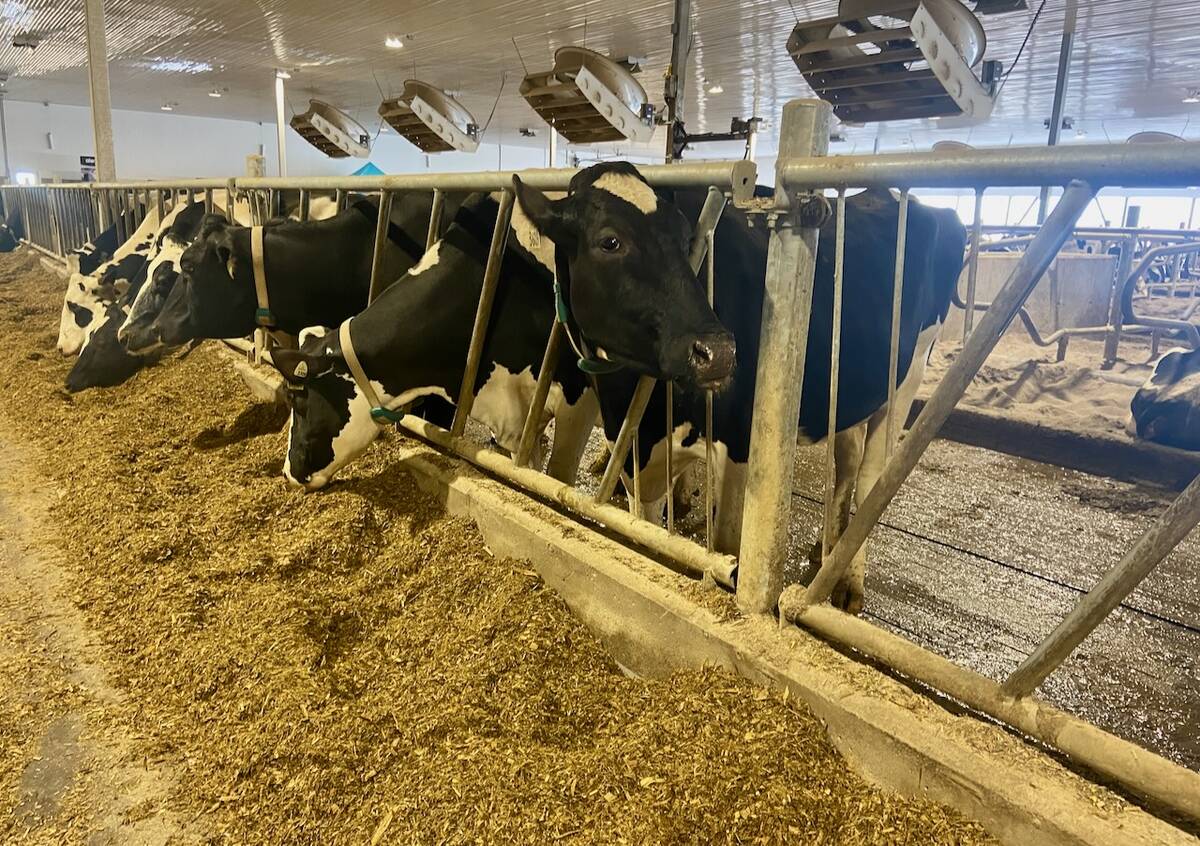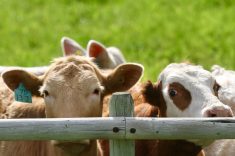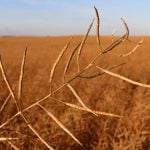OLDS, Alta. – With curling tendrils of soft hair covering their eyes and smiling faces, Angora goats look more like toys than living creatures.
The glowing cream coloured fibre is the most valuable part of these quiet-natured goats shown during the Mountainview County Fair at Olds.
Producing healthy, well developed Angoras with high quality fleece is the challenge for breeders, said show judge Joanna Head. She is one of two licensed Angora judges in Canada. This was the western national Angora show.
“You need a good body type without sacrificing the fleece. It’s a balancing act when you’re looking at Angoras,” she said after the show Aug. 10.
Read Also

U.S. farm group supports supply management
U.S. grassroots farm advocacy group pushing new agriculture legislation that would move towards supply management like Canada has for dairy industry
“I’m looking for fine fleece with lots of crimp,” she said.
The goats are shown in their natural state without washing or clipping like sheep or cattle. Washing would distort the curl structure.
Producer experience
The other licensed Canadian judge is John Henderson, who spends time showing goats from his herd of 190 that he raises at his Innisfail, Alta., farm. At the Olds show he won grand champion and reserve does and the reserve champion buck, progeny of dam and get of sire.
He and his wife, Laura Lee, have been in the goat business since 1990. They shear the goats twice a year and sell knitted items like socks, yarn and raw mohair to spinners and knitters. They also sell hides.
“What we don’t use, we ship to Texas,” he said.
Texas companies take the mohair for further processing into high quality textiles.
This breed of goats originated in the district of Angora in Asia Minor.
Mature does weigh up to 100 pounds and mature bucks weigh 85 to 125 lb. Both sexes have horns that curve and curl backward.
The most valuable characteristic of the Angora is the mohair fibre, with each animal producing about five lb. of fleece per clipping. Goats are usually shorn twice a year.
Compared to sheep’s wool, mohair has a much smoother surface and very thin, smooth scale, also called a barb. It is a strong, elastic fibre.
As the goats become mature and larger, their fleece becomes coarser and less valuable.
Angora goats are good browsers and will eat weeds and woody plants, but the fleece quality is affected by their nutrient intake.
The Angora goat show was one of five sanctioned goat shows at the Olds fair last weekend.















